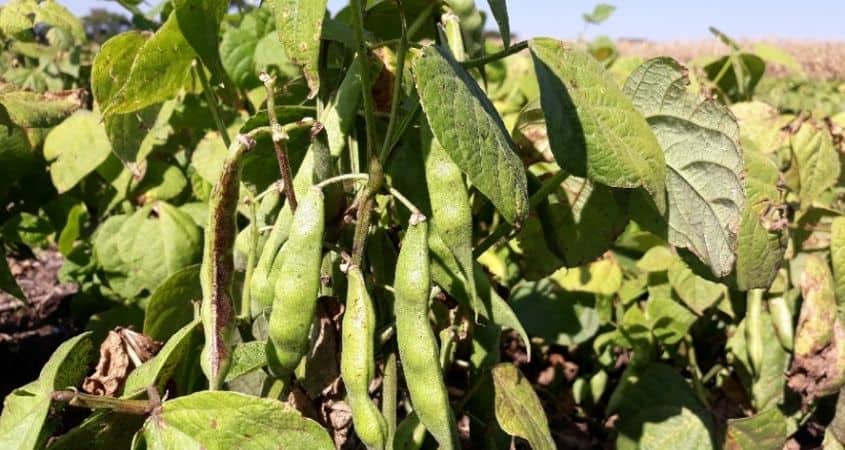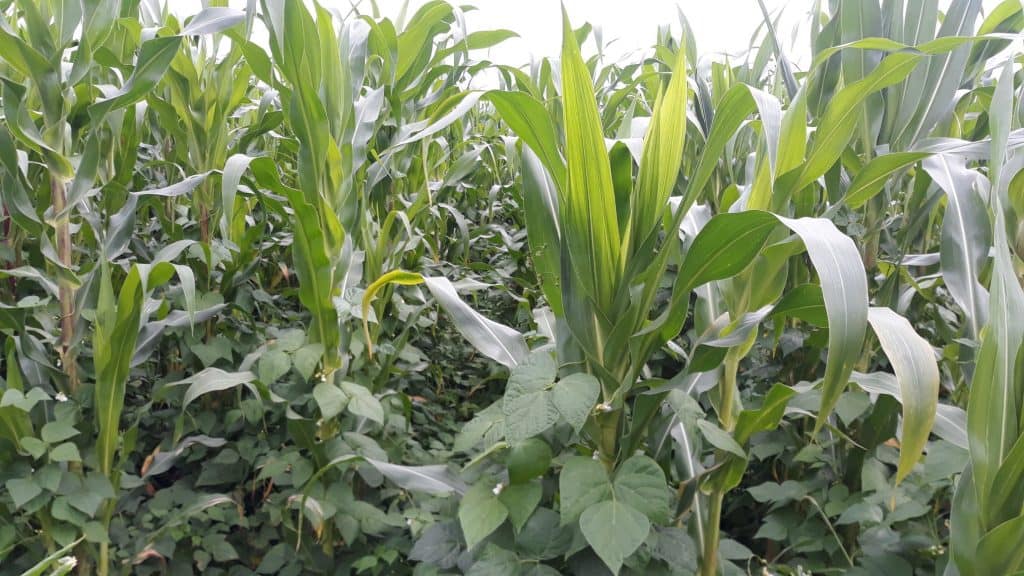
Edible beans such as Rosecoco, Kidney, and Yellow Beans can be highly lucrative, but can farmers successfully scale this up to more than just a few acres?
For many, these fast-growing crop with minimal inputs can return good within little more than 100 days from planting, but one of the keys to making them work on a large scale is of course how to mechanize them and start to benefit from economies of scale and timeliness.
Planting is crucial and in fact, one of the easier parts to mechanize. Specialized bean planters do exist, but companies such as Ndume in Gilgil manufacture air seeders that can successfully plant beans – they can also advise on settings that minimize damage to beans, and what feed rollers in the metering unit to plant them gently.
Above all, make sure you start with a level seedbed as this is crucial for harvesting. Planning is key, so identify fields well in advance and repair soil structure, level, and address nutrition deficiencies or lime well in advance.
Get your soil tested, and dig a hole to check for signs of compaction or pans caused by disc ploughing for example. Soil pH is particularly important with any legume, so apply lime several months in advance if at all possible.
Herbicides should be easy in beans. There are many good pre-emergence options available including pendimethalin, metribuzin and Linuron, post-emergence grass weed herbicides, and bentazone for broadleaved weeds. Plus the crop is fast growing and although short, so tends to be competitive.
Harvesting is where the process gets tricky. Many conventional combines are liable to crack and break the seeds, and machines with headers wider than 5-6m can be difficult to get underneath the crop, hence why a level shamba is essential.
The machine needs to be set up carefully with a low drum speed and wide concave to minimize cracked beans, but this will ultimately lead to losses as some pods are not threshed and pass through the combine.
Several clients have experimented with cutting the crop by hand and placing it in rows to make it easier for the combine, however, this is very labour intensive and does not solve the problem of broken grains.

At Cropnuts we are also experimenting cropping Beans with Canola or Oats – this gives something for the beans to climb up making harvest easier, and more material in the harvester to cushion the seeds. It is all harvested together and the sample is then gravity separated. Growers in other countries have successfully done this with a range of crops such as peas and canola.
Specialist bean harvesters do exist in other countries but for most growers this is a long way from reality. However every journey begins somewhere…
Till next time,
Happy farming!
David
David Jones is the Broad Acre Specialist at Crop Nutrition Laboratory Services Ltd. (CROPNUTS). David has a keen interest in soils and no-till farming systems where he has undertaken work looking into weed levels and changes in soil structure and has extensive experience in field trials and the development of precision farming techniques. In his spare time, he enjoys playing rugby. Follow David on Twitter @Cropnuts_agron
Order our services and get to know how to improve your soil for better yeilds.